|
|
Friday Diversion: AirPlay Evolutions; WiFi 6 or Back to Airport; Apple SiliconBy Graham K. Rogers
I did, however, manage to import a small section of text directly from a web page. It is also possible to scan handwritten text but I was far less successful with this. I tried with my notebook into which I scribble lots of ideas and early drafts for writing, but it was not able to capture anything accurately. Note to self: Try with a more formally written source.
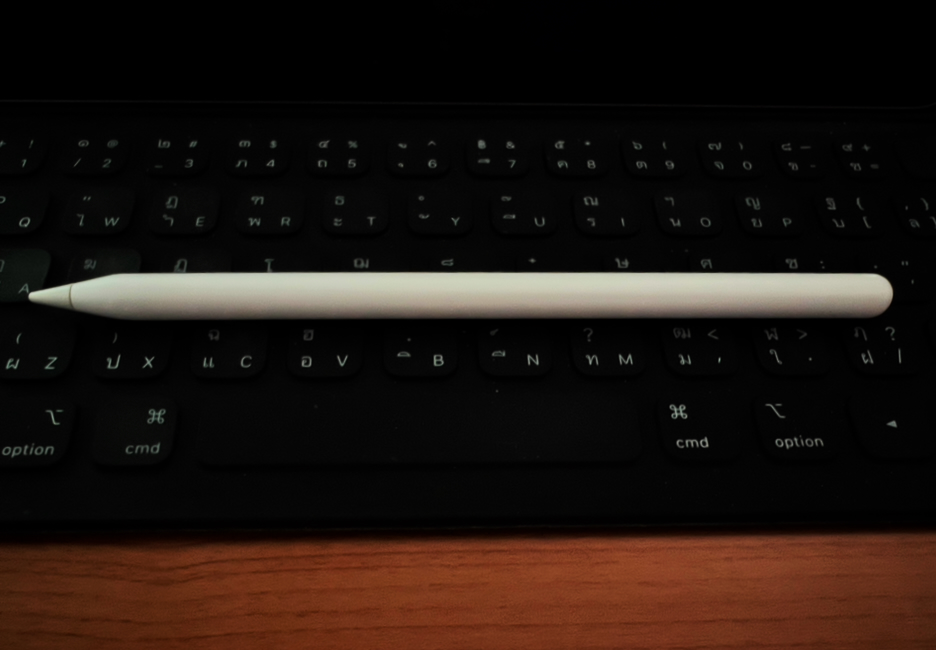
I started a room at the weekend to test Airplay with WebEx, without running QuickTime. When it came time to connect the iPad, WebEx displayed a panel that showed a cable connection. I linked the device to the Mac and the iPad screen appeared, albeit in a slightly smaller panel on the Mac. With this early tryout it seemed that this might work. However what I saw was not what the students in a meeting saw. Although I could see the shared iPad screen on my Mac, the students reported only a black screen although on their devices it was full screen. I tried this both with the Apple charge cable and a Thunderbolt 4 cable, both with the same result: black screens. When I switched to QuickTime and ran this in another class it was visible as usual. At this time, I do not know if this is a problem with WebEx or the latest update to Monterey. Several sites have reported problems with displays since the latest (12.3) update if they connect via USB-C or HDMI. For example, Oliver Haslam (Redmond Pie) notes that some users who have experienced this have fixed the problem (at least temporarily) by reverting to an earlier driver. I do not have that option with an iPad.
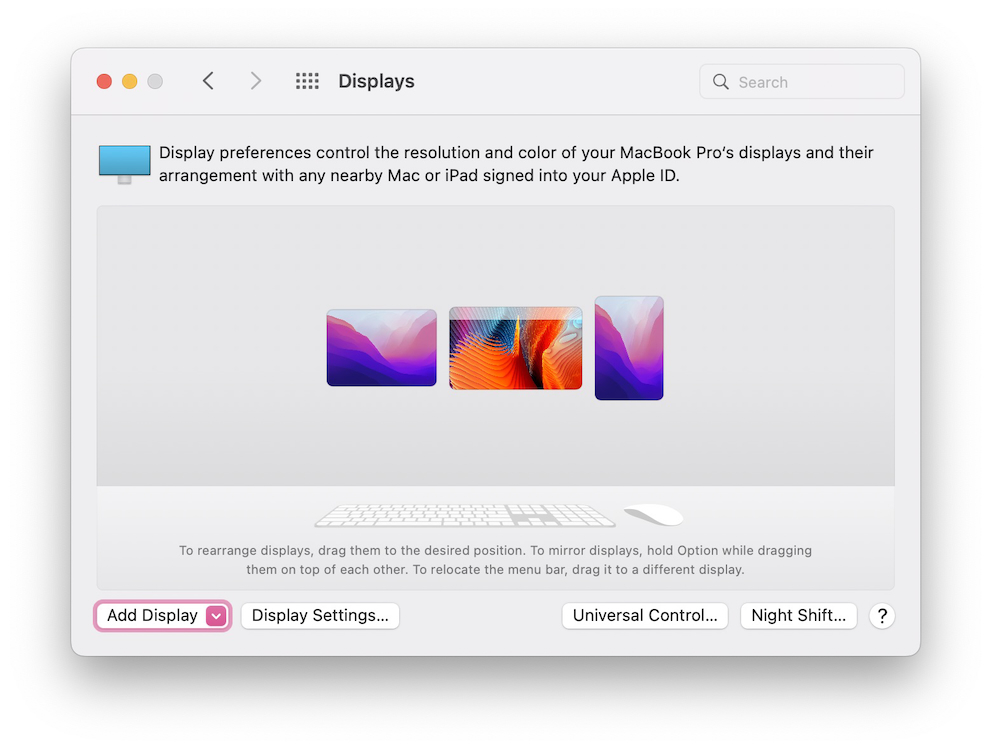
AirPlay on Monterey with iPad Pro (left and iPad mini)
I commented recently on changes to the WebEX interface that do not all work as I want. A "Join" button appears in some classes - up to 30 minutes before the scheduled time, which is useful. A second class on the same day does not always show the button, but when it does it may not always be at the same time. This week the join button for one class appeared at an odd 6 minutes before the time. I need to rely on the technology I use. Other changes to the interface give me the number of attendees already in the meeting before I have connected; and when I scroll over the number, their names are shown. That is useful. Although there is a Recordings panel, I am not able to access these to share and have to open the Cisco web page to make this work.
A new specification of a standard may just include a change in wording, so the important ones for WiFi users were a, b, g, n, ac and now ax (which replaces 802.11n and 802.11ac). The standards now published include 802.11ay (enhancements for Ultra High Throughput in and around the 60 GHz Band) and 802.11ba (Wake-up radio), both of which were published earlier this month. Wikipedia has a run down of the standards, indicating that a whole load more are in preparation: 802.11az and 802.11bb to 802.11bi (but not 802.11bg); there is also a maintenance update, 802.11me; and a couple more which are unlikely to affect users directly for now.
With the new router, I had to download an iOS app, I had to register using a limited set of characters, and then in the setup of the system itself, passwords were not accepted (I like to use odd characters like } or * as well as upper and lower case characters, despite the instructions telling me these were acceptable. When I later tried to change the password and add other devices, I hit a brick wall even with the help of online advice from the manufacturer. I ended up with a solution that makes me feel uncomfortable. I am about ready to go back to the Apple device which is still here.
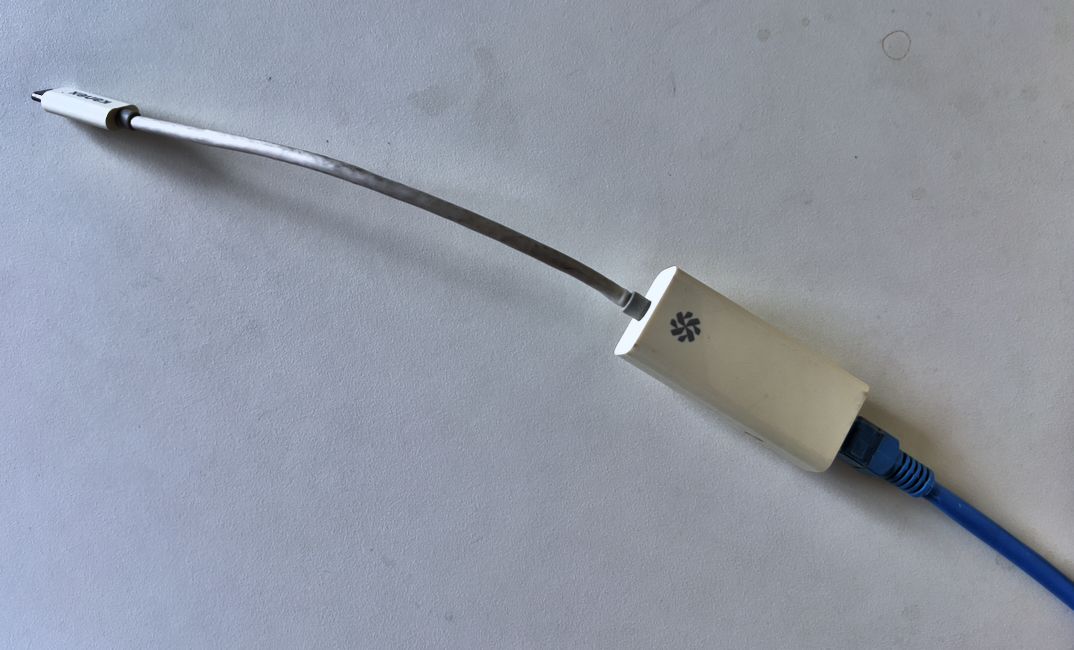
Kanex USB-C to Ethernet adapter
This seems to be to cover the case in which a drive fails, whether under warranty or later, and is replaced. At this time (perhaps due to the security firmware in the SoC) an upgrade is not possible I would love to have a Mac Studio, but its specifications are far higher than I need, as is the price. I do see the importance of the device in Apple's current development of its hardware and can hardly wait for the arrival of the Mac Pro. I was intrigued to see that Kate Bergeron, Apple's vice president of hardware engineering had been interviewed by GQ Magazine (Joe Wituschek. The article links to the GQ (UK) interview ( Robert Leedham). This is a fairly general, informative article that suits the readership of GQ giving a good overview of the Apple Studio and the new display, but there are no technical surprises. I prefer reading the specifications and the iFixit tear-down.
Graham K. Rogers teaches at the Faculty of Engineering, Mahidol University in Thailand. He wrote in the Bangkok Post, Database supplement on IT subjects. For the last seven years of Database he wrote a column on Apple and Macs. After 3 years writing a column in the Life supplement, he is now no longer associated with the Bangkok Post. He can be followed on Twitter (@extensions_th) |
|


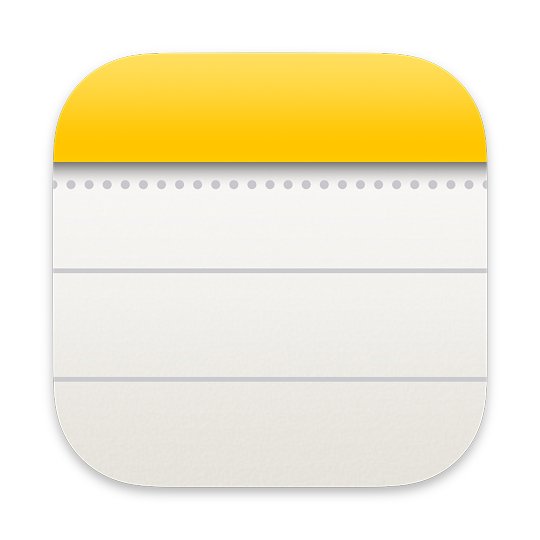 With the recent OS updates there is a new scan feature in Notes on iOS. I used it to scan in text, which is possible in other ways, but direct OCR into an app from which it can be copied and then pasted into other options, is adding to efficiency. I was able to do that fairly easily, although the window available is quite small. If a full page is needed, there are other ways (and apps).
With the recent OS updates there is a new scan feature in Notes on iOS. I used it to scan in text, which is possible in other ways, but direct OCR into an app from which it can be copied and then pasted into other options, is adding to efficiency. I was able to do that fairly easily, although the window available is quite small. If a full page is needed, there are other ways (and apps).
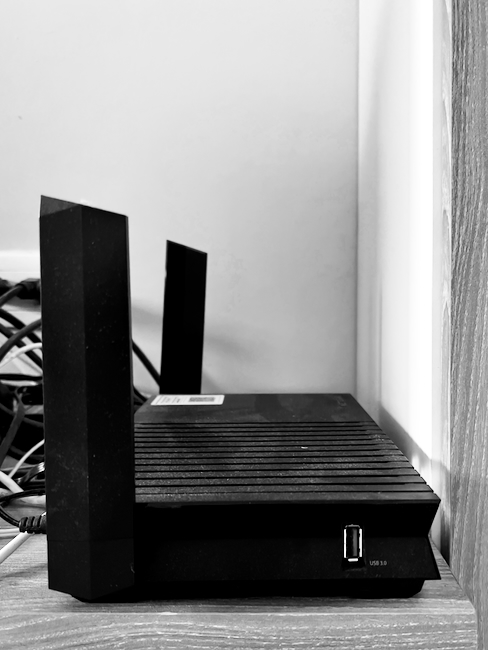
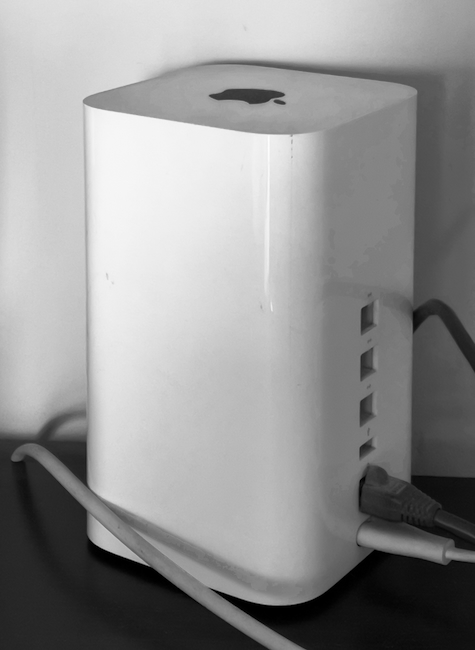
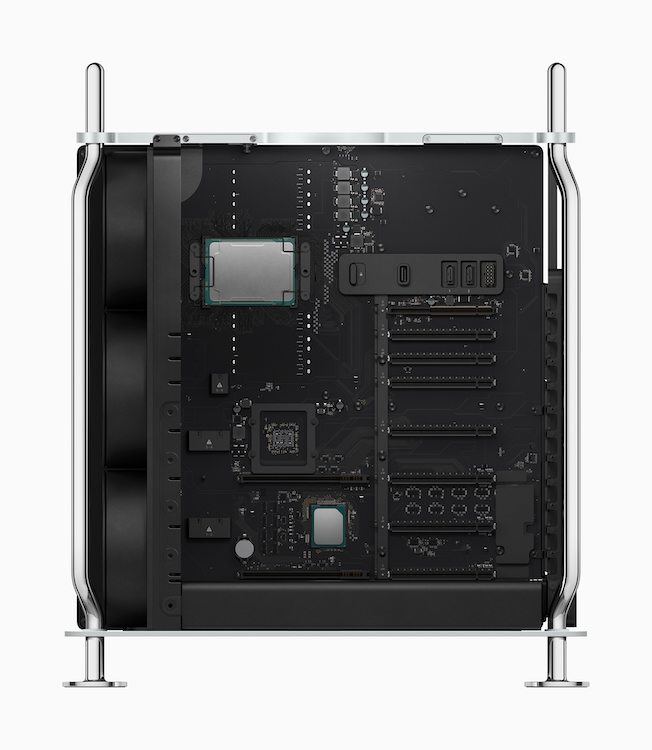 A couple of days ago
A couple of days ago 